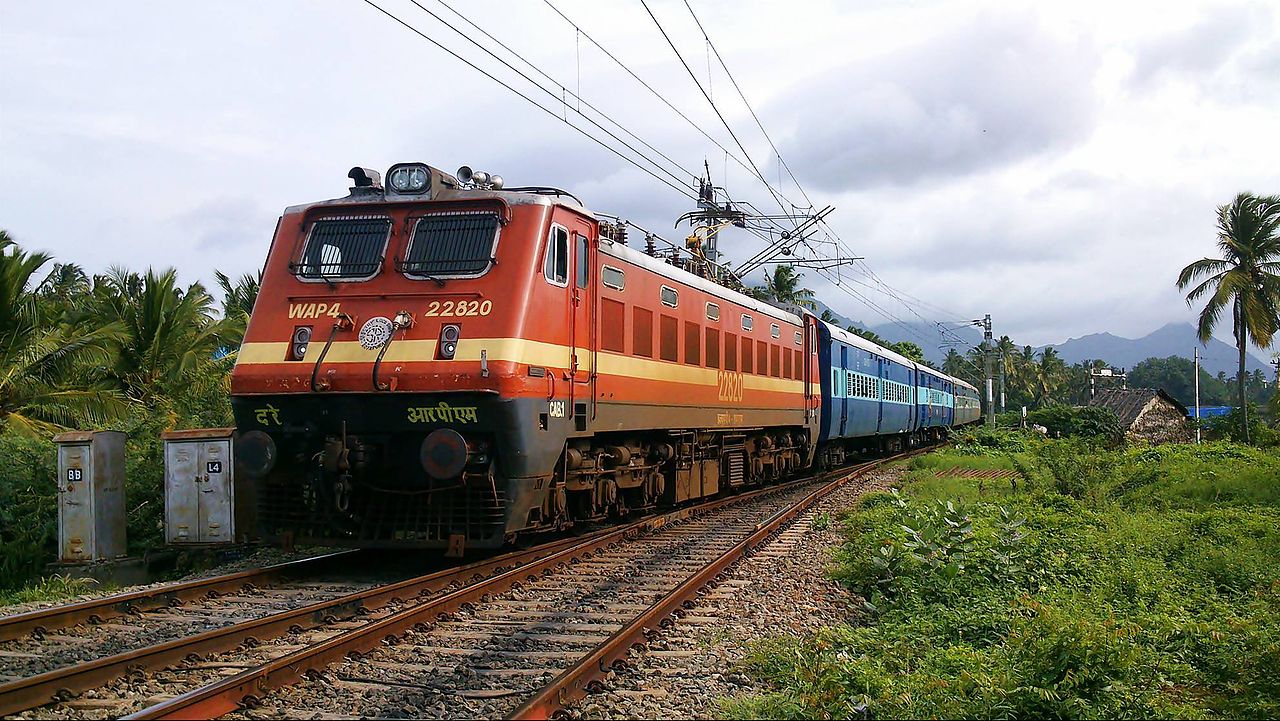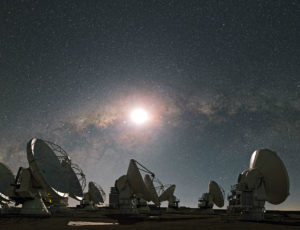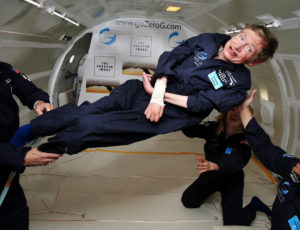
Satellite system will track real-time train movement and alert road users at unmanned crossings
The Indian Space Research Organization (ISRO) has just developed a satellite-based warning system to alert road users at train crossings. The system will warn pedestrians and drivers of coming trains. The system will also track train movement in real-time.
The technology currently being developed will rely on horns or hooters when a train approaches an intersection. This will warn road users at these crossings when a train is coming near. The Indian Rail will be installing electronic chips onboard 10,000 of their trains to facilitate easier tracking.
The chips will activate the horns when the train is 500 meters away from the crossing. This alarm will become progressively louder as the train approaches the intersection. Once the train has passed, the alarm will shut off.
Trials for tracking train movement
Developers of the technology will be implementing pilot tests in the Sonepur intersection located at the Delhi-Guwahati Rajdhani route. The trains passing by here are to be equipped with chips. Afterwards, the ISRO will also start testing on the Delhi-Mumbai route.
These rail corridors were chosen specifically for their high-traffic volume. Accidents have regularly occurred on these routes. As such, they were given priority.
Eventually, all level crossings are to be equipped with the ISRO system. Additionally, a government official mentioned that the Railway Ministry will install the system to all major crossings throughout India in phases.
Aside from providing a safety service to road users, the system will be tracking real-time movement of trains. Currently, the movement of trains and their locations are logged manually. This creates a large margin for inaccuracy.
A plan for the future
Currently, there are 7,254 unmanned railway crossings throughout India. These crossings cause roughly 40% of all rail-related accidents. Manned railway crossings number around 18,000.
Today, the government has already eliminated a total of 2,401 unmanned crossings within 2014-2016. The current plan is set to remove all of these intersections within the next three years.
Upon the termination of all unmanned crossings, the ISRO system will be transferred to manned level crossings.










